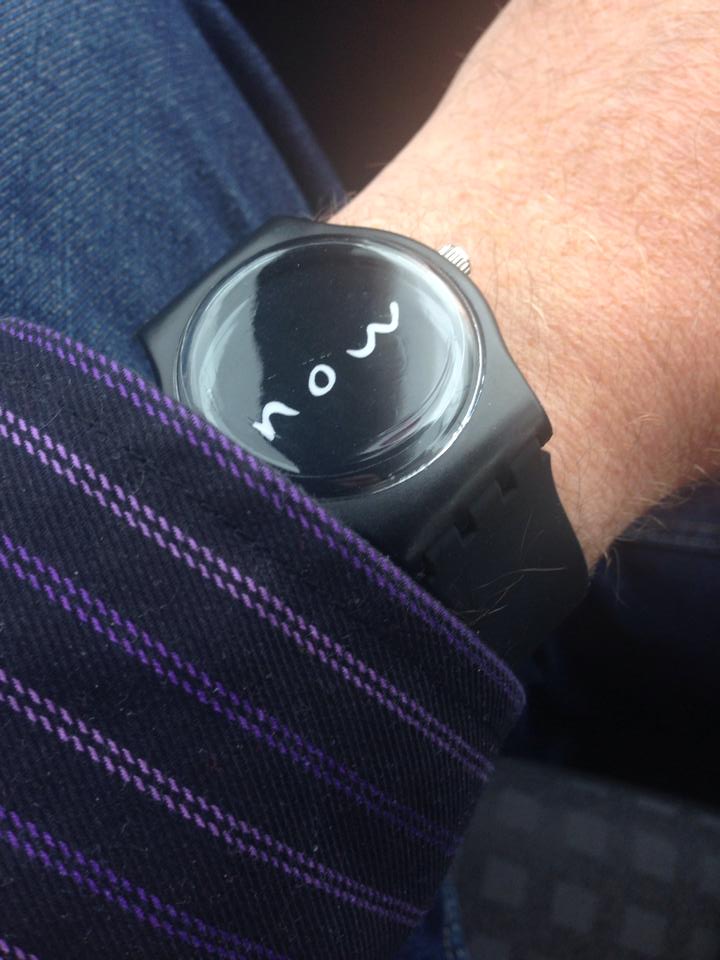Late last month, a Siamese cat named Coco went wandering in his suburban Washington, DC neighborhood. He spent three hours exploring nearby backyards. He killed a mouse, whose carcass he thoughtfully brought home to his octogenarian owner, Nancy. And while he was out, Coco mapped dozens of his neighbors’ Wi-Fi networks, identifying four routers that used an old, easily-broken form of encryption and another four that were left entirely unprotected.
Unbeknownst to Coco, he’d been fitted with a collar created by Nancy’s granddaughter’s husband, security researcher Gene Bransfield. And Bransfield had built into that collar a Spark Core chip loaded with his custom-coded firmware, a Wi-Fi card, a tiny GPS module and a battery—everything necessary to map all the networks in the neighborhood that would be vulnerable to any intruder or Wi-Fi mooch with, at most, some simple crypto-cracking tools.
How to Use Your Cat to Hack Your Neighbours’ Wifi – Andy Greenberg, Wired (8 August 2014)
I just prefer the title “How to Weaponise Your Pets”. That’s what Coco’s evil mastermind Bransfield has called his talk on the subject taking place this weekend at DefCon. I have no idea where DefCon is, I’ve little clue what it is, I suspect there’s a WarGames reference at play, but I just care about the cat.
“My intent was not to show people where to get free Wi-Fi. I put some technology on a cat and let it roam around because the idea amused me,” says Bransfield, who works for the security consultancy Tenacity. “But the result of this cat research was that there were a lot more open and WEP-encrypted hot spots out there than there should be in 2014.”
Learn more at Wired include a preposterously happy animated graphic of little Coco’s journey around the ‘hood.

